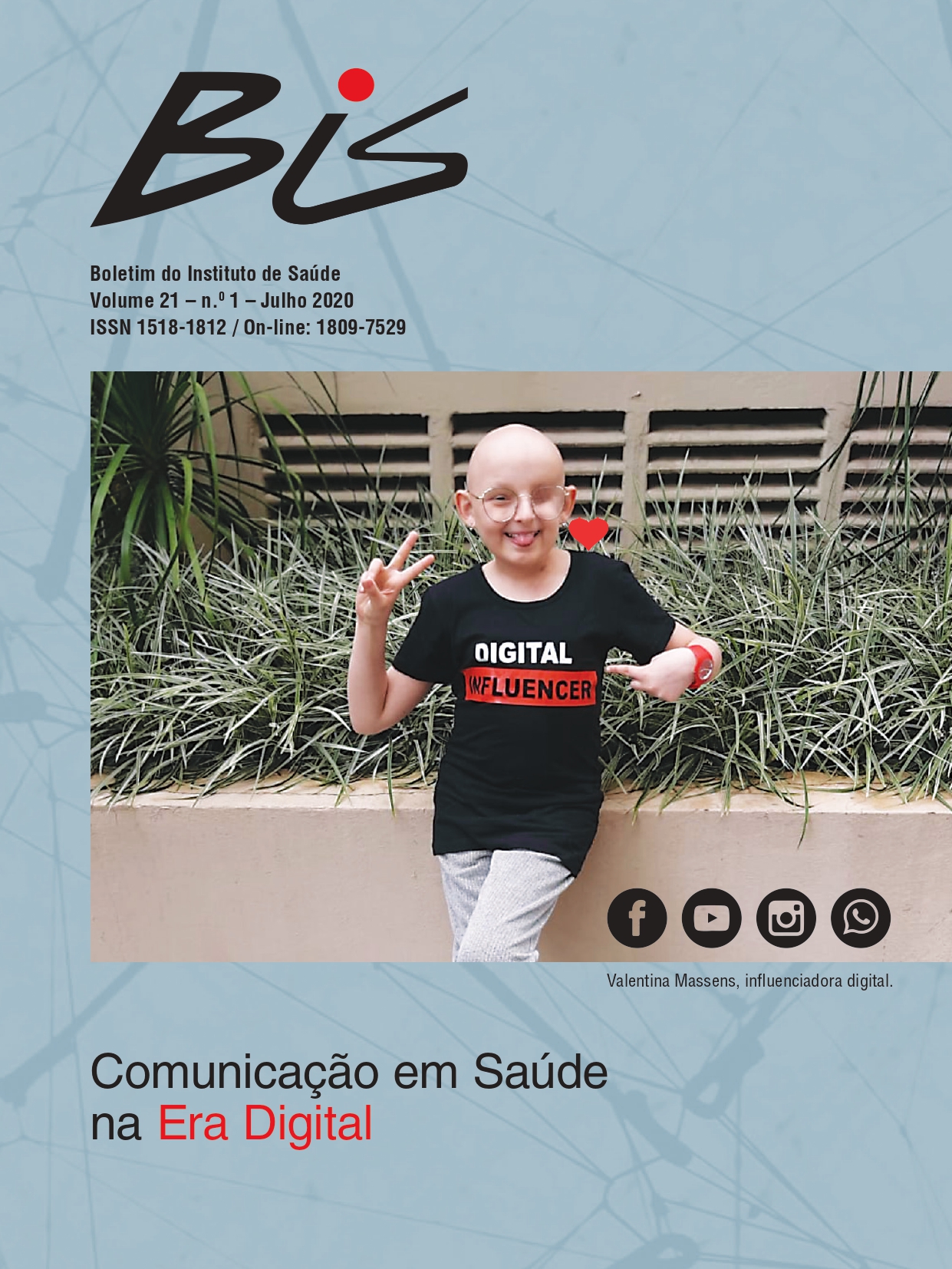Abstract
The communication of bad news remains a challenge for health professionals. The possibility of facing a potentially incurable disease sometimes makes it impossible to provide comprehensive care, since fears and anxieties can take on greater proportions than the reality is. However, much more can be done by the team to improve the quality of care for patients with serious illnesses and their families. In this sense, health teams must promote constant education for improvement of communication skills, which will have a significant influence on the management of cases, by all involved - doctors, psychologists, nurses, physiotherapists, social workers, among others. Interdisciplinary work through effective, careful
and ethical assistance, with an aligned communication, will favor the possibility of an integrated care, considering all the important
dimensions for patients and their families: clinical, emotional, social and spiritual.
References
02. Gilligan T, Coyle N, Frankel RM, Berry DL, Bohlke K, Epstein RM, et al. Patient-clinician communication: American society of clinical oncology consensus guideline. J Clin Oncol. 2017;35(31):3618–32.
03. Tavares de Carvalho R, Afonseca Parsons H, organizadores. Manual de Cuidados Paliativos ANCP. Acad Nac Cuid Paliativos. 2012;1–592.
04. Espinoza-Suárez NR, Zapata del Mar CM, Mejía Pérez LA. Conspiración de silencio: una barrera en la comunicación médico, paciente y familia. Rev Neuropsiquiatr [internet]. 2017 [acesso em 30 mar 2020];80(2):125–36. Disponível: http://www.scielo.org.pe/scielo.php?script=sci_arttext&pid=S0034-85972017000200006&lng=en&nrm=iso&tlng=en.
05. Truog R, Campbell M, Curtis JR, Haas C, Luce JM, Rubenfeld GD, et al. Recommendations for end-of-life care in the intensive care unit: a consensus statement by the American College of Critical Care Medicine.Crit Care Med. 2008 [acesso em 30 mar 2020];
36(3): 953-963. Disponível:http://journals.lww.com/ccmjournal/Abstract/2008/03000/Recommendations_for_end_of_life_care_in_the.41.aspx.
06. Rosen S, Tesser A. On reluctance to communicate undesirable information: The MUM Effect. Sociometry [internet]. 1970 [acesso em 30 mar 2020];33(3):253–63. Disponível: http://psycnet.apa.org/psycinfo/1971-26781-001%5Cnhttp://www.jstor.org/stable/2786156?
origin=crossref.
07. Konstantis A, Exiara T. Breaking bad news in cancer patients. Indian J Palliat Care. 2015;21(1).
08. Caprara A, Rodrigues J. A relação assimétrica médico-paciente: repensando o vínculo terapêutico. CienSaude Colet. 2004;9(1):139–46.
09. Baile WF, Buckman R, Lenzi R, Glober G, Beale EA, Kudelka AP. SPIKES-A six-step protocol for delivering bad news: application to the patient with cancer. Oncologist. 2000;5(4):302–11.
10. Baile WF. SPIKES: a Six-Step Protocol for Delivering Bad News: Application to the Patient with Cancer.Oncologist. 2000;5(4):302-11.
11. Gibello J, Amarins Blanco M. Comunicação de más notícias no contexto hospitalar. In: Kernkraut A, Gibello J, Silva A, editores. O psicólogo no hospital: da prática assistencial à gestão de serviço. São Paulo: Blucher; 2017. p. 145-60.

This work is licensed under a Creative Commons Attribution 4.0 International License.
Copyright (c) 2020 Juliana Gibello, Ana Beatriz Galhardi Di Tommaso
